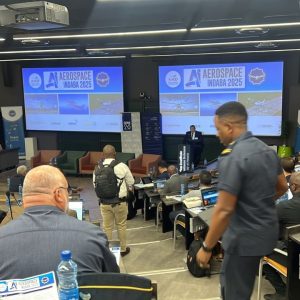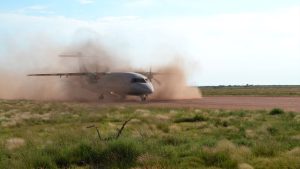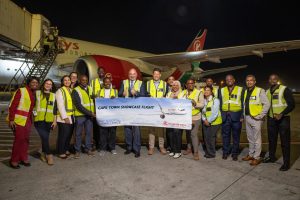General aviation has seen sweeping changes since 1992, driven by advances in technology, regulation, training, and aircraft design. Thirty years ago, most light aircraft featured analog “steam gauges,” paper charts, and VOR-based navigation. Pilots relied on visual landmarks and instinct. Today, those same cockpits have been transformed by glass panel avionics, GPS, tablet-based flight planning, and real-time weather data.
By Jarryd Sinovich
The widespread adoption of glass cockpits like the Garmin G1000 has made digital displays standard even in entry-level training aircraft. These systems consolidate navigation, engine performance, synthetic vision, and traffic awareness into a single intuitive interface—dramatically improving safety and situational awareness. ADS-B, mandated in 2020, further enhanced flight safety by giving pilots access to real-time traffic and weather, replacing outdated radar and radio-based systems.
Navigation has shifted from physical flight bags filled with charts and E6Bs to all-in-one tablet apps like ForeFlight and Garmin Pilot. Flight planning, weather monitoring, and even flight plan submission can now be done on a smartphone. While this digital revolution has made flying easier and more accessible, it has also raised concerns about over-reliance on GPS, with some pilots struggling in the event of system failures.

Training has also modernized. Where lessons once relied on physical manuals and chalkboard briefings, many schools now use full-motion simulators and online ground school platforms. Training is more structured, with an emphasis on scenario-based learning and automation management. However, the cost of earning a pilot certificate has increased significantly, contributing to a decline in the number of active pilots—from about 357,000 in 1992 to around 234,000 in 2023. Despite this, there is a growing push to make aviation more inclusive and diverse, with women now comprising about 7% of pilots, up from under 5% in the early ’90s.
Aircraft themselves have evolved dramatically. While legacy airframes like the Cessna 172 are still common, new designs like the Cirrus SR20 and Light Sport Aircraft (LSA) offer composite construction, modern avionics, and advanced safety features like ballistic parachutes. LSAs, introduced in 2004, have spurred innovation from manufacturers like Sling Aircraft, JMB, BRM Aero, and Junkers, who build sleek, capable aircraft under ASTM standards. These planes offer glass cockpits, autopilot, and crash protection at prices ranging from $150,000 to $400,000—cheaper than new Part 23-certified aircraft but still out of reach for many private owners due to rising fuel, maintenance, and hangar costs.
Safety has improved markedly. The general aviation fatal accident rate has dropped from 1.8 per 100,000 flight hours in 1992 to 0.76 in recent years. Midair collisions have decreased, aided by technologies like ADS-B and better pilot training. Ballistic parachutes, angle-of-attack indicators, and scenario-based simulator training have helped reduce fatal crashes. Yet pilot error continues to account for the majority of accidents, particularly due to poor decision-making, fuel mismanagement, or loss of control during takeoff and landing.
Regulatory changes have shaped the landscape. While some rules—like the 1,500-hour ATP requirement—have increased training burdens, others have made aviation more accessible, such as the creation of the sport pilot certificate. The upcoming MOSAIC proposal could further liberalize rules by expanding the capabilities of LSAs to include heavier aircraft, more seats, and night flying.
In short, general aviation today is more technologically advanced, safer, and diverse than ever before—but also more expensive, regulated, and reliant on digital tools. Despite all this progress, the passion for flying remains unchanged, even as the cockpit and sky around it evolve.







